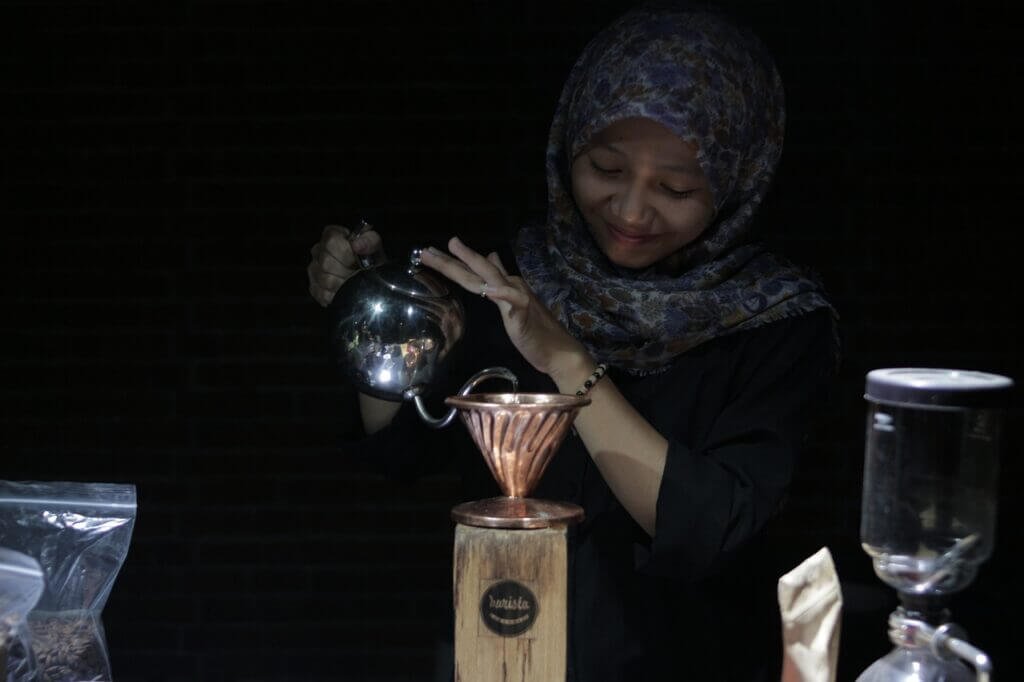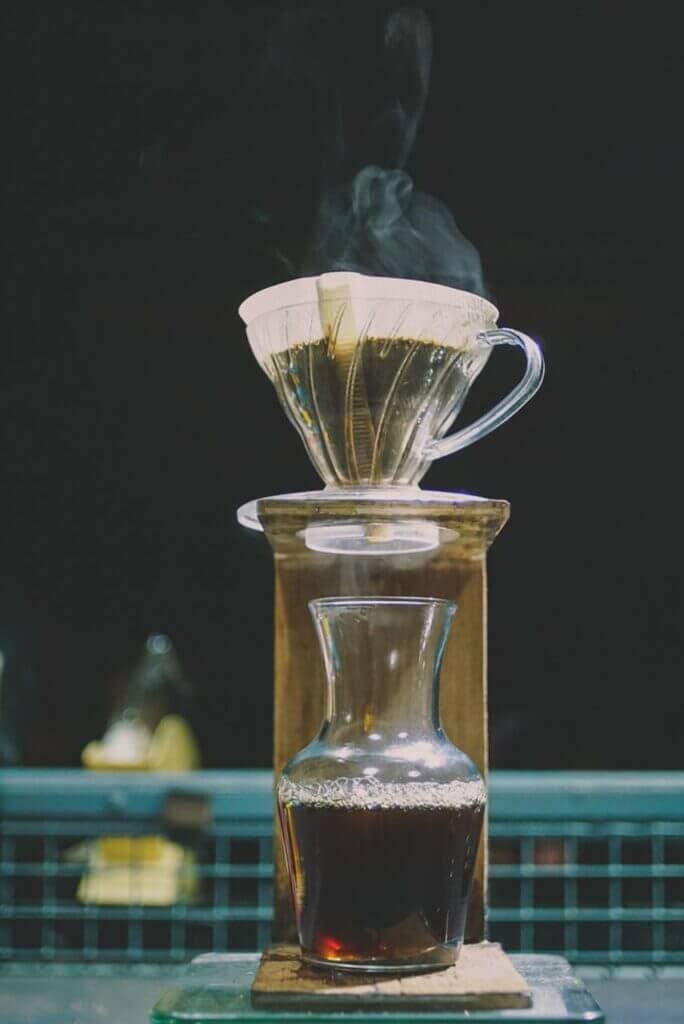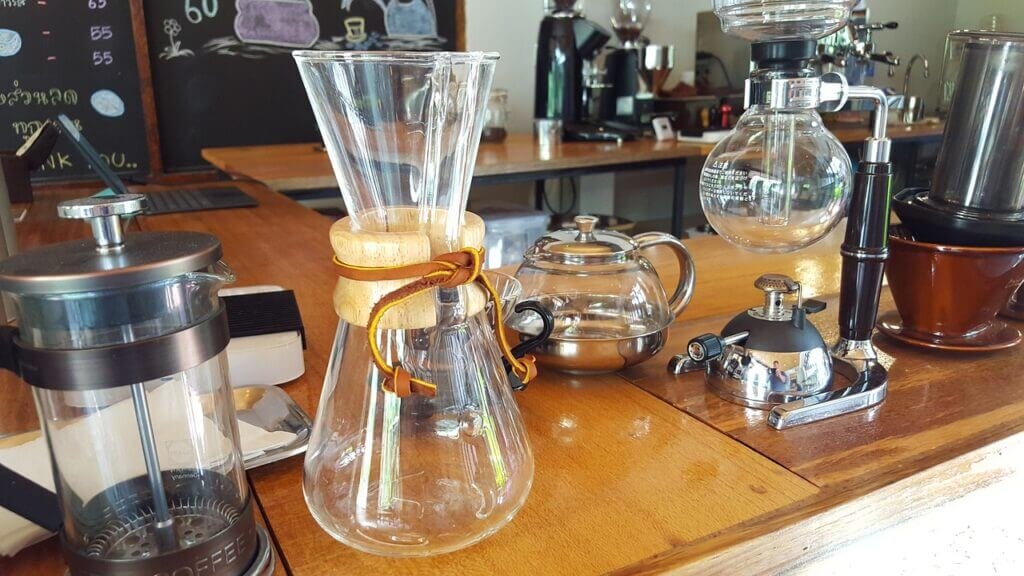If you’re an espresso enthusiast, then you know the joy that comes with the perfectly brewed cup of coffee. But, as with any skill, there are common mistakes that can hinder your espresso-making journey. In this article, we’ll explore some of these mistakes and provide you with valuable tips to avoid them. From choosing the wrong beans to improper tamping techniques, we’ll guide you on your quest to make the best espresso possible. So grab your favorite mug, settle in, and let’s ensure that every sip you take is a delight for your taste buds.

Choosing the Wrong Coffee Beans
When it comes to making a delicious cup of espresso, choosing the right coffee beans is crucial. Using old or stale beans can negatively impact the flavor and aroma of your espresso. The oils in coffee beans start to go rancid after a certain period of time, resulting in a stale taste. To ensure the freshness of your beans, it is best to buy them in small quantities and store them in an airtight container.
Another mistake to avoid is using pre-ground coffee. While it may be convenient, pre-ground coffee often lacks the freshness and flavor of freshly ground beans. When coffee beans are ground, their surface area increases, exposing them to air and causing them to lose flavor over time. To maximize the flavor of your espresso, invest in a good quality burr grinder and grind your beans just before brewing.
Using flavored or oily beans can also lead to undesirable results. Flavored beans often contain artificial additives that can overpower the natural flavors of the coffee. Additionally, beans that are overly oily can clog your espresso machine and affect the extraction process. Stick to high-quality, freshly roasted beans without any added flavors for the best tasting espresso.
Incorrect Coffee Grinding
The size of the coffee grounds plays a crucial role in the extraction process. Using a wrong grind size can result in under-extraction or over-extraction, leading to a weak or bitter taste. For espresso, a fine grind is typically recommended to achieve the optimal extraction. However, different brewing methods may require different grind sizes, so it’s important to adjust accordingly.
Inconsistent grind size is another mistake to avoid. If some of the grounds are too coarse while others are too fine, the extraction process will be uneven and the flavors in your espresso will be imbalanced. Invest in a good quality burr grinder and ensure that the grind size is consistent throughout.
It’s also important to adjust the grind size based on the extraction time. If your espresso shots are extracting too quickly, resulting in a sour taste, try using a finer grind. Conversely, if the extraction is too slow and the coffee tastes bitter, a coarser grind may be needed. Experiment with different grind sizes to find the optimal extraction time that suits your taste preferences.

Inadequate Tamping
Tamping is the process of applying pressure to the coffee grounds in the portafilter to create a compact and even surface. However, tamping too light or too hard can lead to uneven extraction and ultimately affect the flavor of your espresso.
If you tamp too lightly, the water will flow through the grounds too quickly, resulting in under-extraction. On the other hand, if you tamp too hard, the water will struggle to pass through the tightly packed grounds, leading to over-extraction and a bitter taste. Aim for a firm and even tamp to achieve the best extraction.
In addition to the pressure applied during tamping, it’s important to ensure that the tamping pressure is consistent across the entire coffee bed. Uneven tamping can lead to channeling, which is when water finds the path of least resistance and bypasses certain portions of the coffee grounds. This can result in inconsistencies in flavor and extraction. Take your time and make sure to distribute the pressure evenly when tamping.
Before tamping, it’s also crucial to level the coffee grounds in the portafilter. Neglecting to do so can result in an uneven extraction as water will flow more easily through certain areas of the coffee bed. Use a distribution tool or your fingers to level the grounds before tamping, ensuring an even surface for extraction.
Improper Water Temperature
The temperature of the water used in the brewing process is another key factor that can affect the taste of your espresso. Water that is too hot can scorch the coffee grounds, resulting in a burnt and bitter taste. On the other hand, if the water is too cold, the extraction will be weak and the flavors will be muted.
Consistency in water temperature is also important. Fluctuations in water temperature can lead to inconsistencies in extraction, resulting in variations in flavor. To ensure the ideal water temperature, it is recommended to use a quality espresso machine with temperature control capabilities.

Incorrect Extraction Time
The extraction time refers to the duration it takes for water to pass through the coffee grounds in the portafilter. Extracting the espresso for too short a time can result in under-extraction, leading to a weak and sour taste. On the contrary, over-extraction occurs when the water passes through the coffee grounds for too long, resulting in a bitter and unpleasant taste.
To achieve the ideal extraction time, it’s important to monitor the flow of the espresso and adjust accordingly. The optimal extraction time is typically between 25-30 seconds, but it can vary based on personal preference, coffee beans, and brewing equipment. Keep an eye on the flow and taste of the espresso to determine the perfect extraction time for your desired flavor profile.
Consistency in extraction time is also crucial. Inconsistent extraction times can lead to variations in flavor and strength of your espresso. Take note of the extraction time for each shot and make adjustments as needed to ensure consistency in your brews.
Ignoring Proper Equipment Maintenance
Proper maintenance of your espresso machine is essential to ensure optimal performance and the longevity of your equipment. Neglecting to clean the espresso machine regularly can result in a buildup of coffee oils and residue, affecting the taste of your espresso. It’s always a good practice to clean the brewing group, portafilter, and steam wand after each use to remove any leftover coffee grounds and bacterial growth.
Descaling the machine is another important maintenance task that should not be ignored. Over time, mineral deposits from the water can accumulate inside the machine, affecting its performance and the quality of your espresso. Follow the manufacturer’s instructions for descaling and perform this task periodically to keep your machine in top condition.
Using dirty or clogged portafilter baskets can also impact the extraction process. If the basket is not clean, leftover coffee grounds and oils can transfer to your fresh grounds, tainting the flavor of your espresso. Regularly soak and clean the portafilter baskets to prevent any clogs or residue buildup.
Using Improper Brewing Ratios
The coffee-to-water ratio plays a significant role in the strength and flavor of your espresso. Using too much or too little coffee can result in imbalanced flavors and a lack of body in your cup.
Using too much coffee can lead to an overpowering and intense taste, often described as “over-extracted.” On the other hand, using too little coffee can result in a weak and diluted taste, referred to as “under-extracted.” Finding the right balance is key to achieving a well-rounded and flavorful espresso.
The recommended brewing ratio for espresso is typically around 1:2, which means using double the amount of liquid as the weight of the coffee grounds. This ratio provides a good balance between strength and flavor. However, it’s important to note that personal preferences may vary, so feel free to adjust the ratio to suit your taste.
Inadequate Milk Frothing
For those who enjoy milk-based espresso beverages such as cappuccinos and lattes, the frothing of the milk is an important step. However, inadequate milk frothing can result in a lackluster texture and taste.
Using the incorrect milk temperature can affect the overall experience of your beverage. Milk that is too cold may not blend well with the espresso, resulting in a clumpy and undesirable texture. On the other hand, milk that is overheated can scorch and develop a burnt taste. The ideal milk temperature for frothing is typically between 140-160°F (60-71°C), but preferences may vary.
Not frothing the milk properly can also lead to disappointing results. Aim for a creamy and silky texture by incorporating the right amount of air into the milk. Start with the steam wand tip just below the surface of the milk and gradually lower as you froth, creating a whirlpool effect. Practice and experimentation can help you achieve the perfect froth consistency.
Frothing milk too much or too little can also affect the overall taste and texture. Over-frothing can create a foam that is too airy and light, which may overpower the flavors of the espresso. Under-frothing, on the other hand, can result in a thin and watery texture. Finding the right balance will provide a harmonious blend of flavors in your milk-based espresso beverages.
Neglecting Shot Timing
Timing is crucial when it comes to pulling the perfect espresso shot. Neglecting to time the extraction can result in inconsistent taste and strength.
Timing the extraction allows you to have control over the flavor profile of your espresso. Depending on your desired taste, the optimal extraction time usually falls between 25-30 seconds. This range allows for the extraction of the coffee’s desirable flavors while minimizing any bitterness or sourness. Use a timer or stopwatch to ensure consistency with each shot.
Consistency in shot timing is equally important. If the extraction time varies from shot to shot, the taste and strength of your espresso will be inconsistent as well. Make a habit of timing each shot and adjust your variables accordingly to maintain consistency in your brews.
Ignoring Proper Shot Distribution
Shot distribution refers to the even distribution of coffee grounds in the portafilter before tamping. Failing to distribute the grounds evenly can lead to uneven extraction and a lack of balance in the flavors of your espresso.
When the coffee grounds are not evenly distributed, water will find the path of least resistance, resulting in areas with over-extraction or under-extraction. This can lead to an imbalanced and inconsistent taste. Take the time to ensure that the coffee grounds are evenly dispersed in the portafilter before tamping.
Neglecting to distribute the grounds evenly can result in “donut extraction,” where the water channels through the center of the coffee bed, bypassing the outer edges. This can leave the center portion under-extracted and the outer edges over-extracted, resulting in a mediocre cup of espresso. Use a distribution tool or your fingers to evenly distribute the grounds, promoting a more uniform extraction.
Using inappropriate distribution tools can also hinder the shot distribution process. Avoid using sharp or pointed objects to distribute the grounds, as they can damage the coffee puck and impact the extraction. Opt for tools specifically designed for distribution, such as a distribution tool or a distribution mat, to ensure an even and consistent extraction.
In conclusion, making a great cup of espresso requires attention to detail and avoiding common mistakes. By selecting the right coffee beans, grinding them properly, tamping adequately, maintaining the equipment, and mastering shot timing and distribution, you can elevate your espresso game and enjoy a delicious and satisfying brew every time. So, grab your favorite beans, start brewing, and savor the rich flavors of a perfectly crafted espresso. Cheers!


